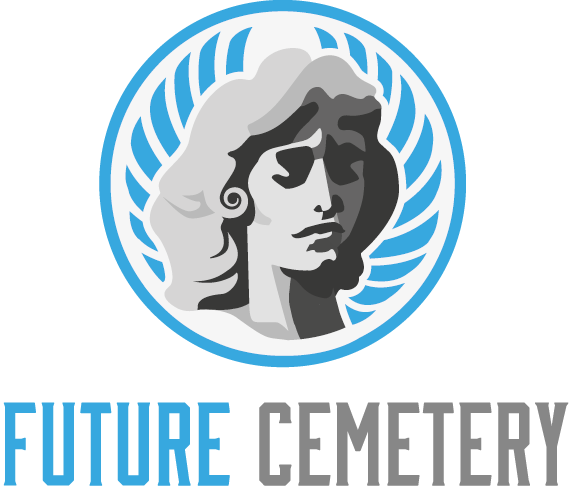A mortuary is a facility that handles and prepares the dead for burial or cremation. It also provides funeral services and visitation arrangements.
State regulations protect consumers who use mortuary services by requiring transparency in pricing, written contracts and disclosures of available merchandise and costs.
A morgue is a large room, typically in a hospital or coroner’s office, where the dead are stored until they can be retrieved by a funeral home.
Taking Care of the Deceased
Mortuary staff perform the duties of caring for the deceased and preparing for funeral ceremonies. They may embalm or cremate the body, arrange and direct funeral services, prepare legal documents, and provide support for survivors in grief. They may also research the cause of death and write a report on it.
Observational studies have shown that many people who work in morgues find their jobs emotionally challenging and physically demanding. They may feel that their work is stigmatised and they are often isolated from the rest of the hospital.
Having a good understanding of the laws that govern mortuary practice can help mortuary workers meet both their professional and ethical obligations. For example, they must be aware of consumer protection laws that require transparency in pricing and written contracts. They must also follow a code of ethics that promotes honesty and integrity. In addition, they must be aware of the risks associated with COVID-19 and wear appropriate personal protective equipment when handling bodies that are likely to have been infected with the virus.
Supporting Families in Grief
Mortuary staff members are often trained in grief counseling to help guide grieving families through the funeral planning process. They can also work with families to provide support after a loved one’s death, including following up on family needs and organizing memorial services or other events.
A career in a mortuary requires a unique set of skills that can be learned in mortuary school or through an apprenticeship. However, the responsibilities and duties of mortuary professionals can vary on a day-to-day basis.
Some morticians may be involved in forensic investigations, as well, performing autopsies and assisting in the identification of bodies. Others may work with the deceased’s families to determine their wishes regarding burial or cremation arrangements. Some mortuary workers even perform the necessary legal paperwork and procedures, including obtaining death certificates. These types of tasks are regulated by mortuary law, which covers everything from embalming and storing the body to the operation of cemeteries and funeral homes.
Meeting Legal Requirements
Mortuary staff must be well-versed in federal and state regulations that govern how bodies are handled, ensuring the safe storage, transportation, and treatment of human remains. These laws also dictate how funeral homes, cemeteries and others should interact with the public, avoiding deceptive practices and upholding the rights of survivors.
For example, funeral home owners must comply with the FTC Funeral Rule, which requires them to offer consumers a General Price List (GPL) they can keep and inspect. This helps ensure transparency, protects families from deceptive pricing, and prevents exploitative practices.
Mortuary science professionals must also stay up-to-date on the latest legal developments and regulations, including those that affect burial rights and preserving environmental resources. By honing this skill, they can ensure their business stays ethical and successful. This knowledge also mitigates risk and minimizes the potential for legal disputes or penalties, enhancing their long-term success and growth in the industry.
Ethical Standards
Mortuary staff have a unique position in the lives of families as they help navigate one of life’s most difficult passages. They are expected to behave with unwavering ethics as they work in accordance with federal and state laws that cover everything from embalming to preserving or burying remains. Many funeral homes, cemeteries and crematories have a strict code of conduct that their employees must adhere to. These codes typically outline professional expectations of licensed funeral directors, embalmers, and certified preplanning consultants.
Unethical behavior, such as mishandling a body or providing inaccurate information to the family, can lead to legal repercussions and damage the funeral home’s reputation. It is also important that mortuary staff maintain accurate records of all interactions, transactions and procedures. This ensures transparency and facilitates accountability. Disclosure of the use of unlicensed personnel to perform duties can break trust with families and is a clear breach of ethical standards. It is also a potential health risk to the public.
